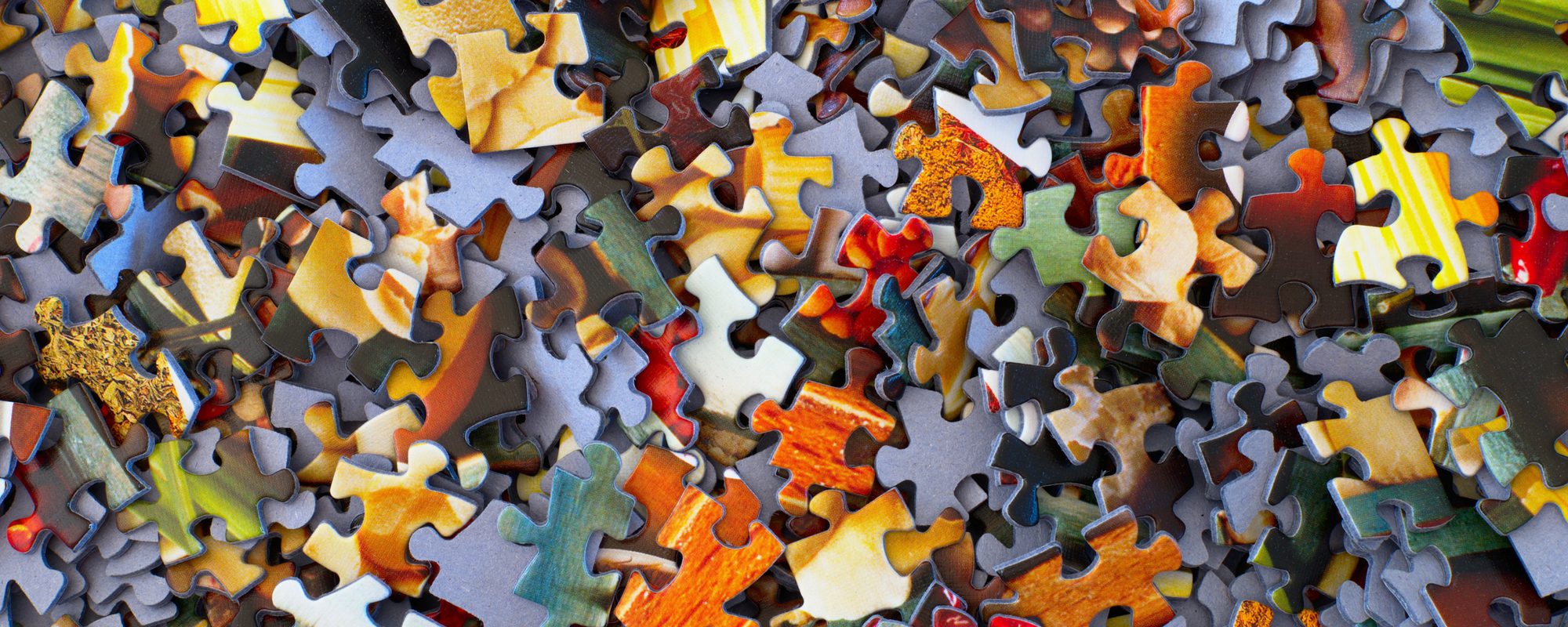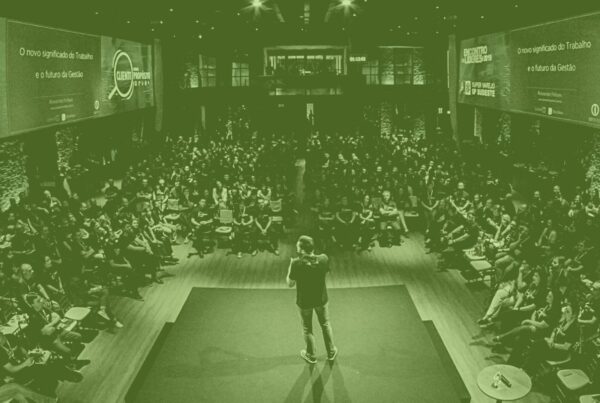We’re seeing a 2018 event trend for creating a personalized event experience. That means understanding what the individual (or attendee profile) wants and tailoring aspects of the event to suit them, rather than the general crowd.
Why this trend? Today, we have more choice than ever when it comes to finding products and services to satisfy our needs and wants. And having the ability to tailor products to our personal requirements, means people expect the event world to follow suit. But, this isn’t just about creating personalized invitations and marketing; instead, it’s about customizing the actual event experience so that attendees are more engaged and find your event memorable.
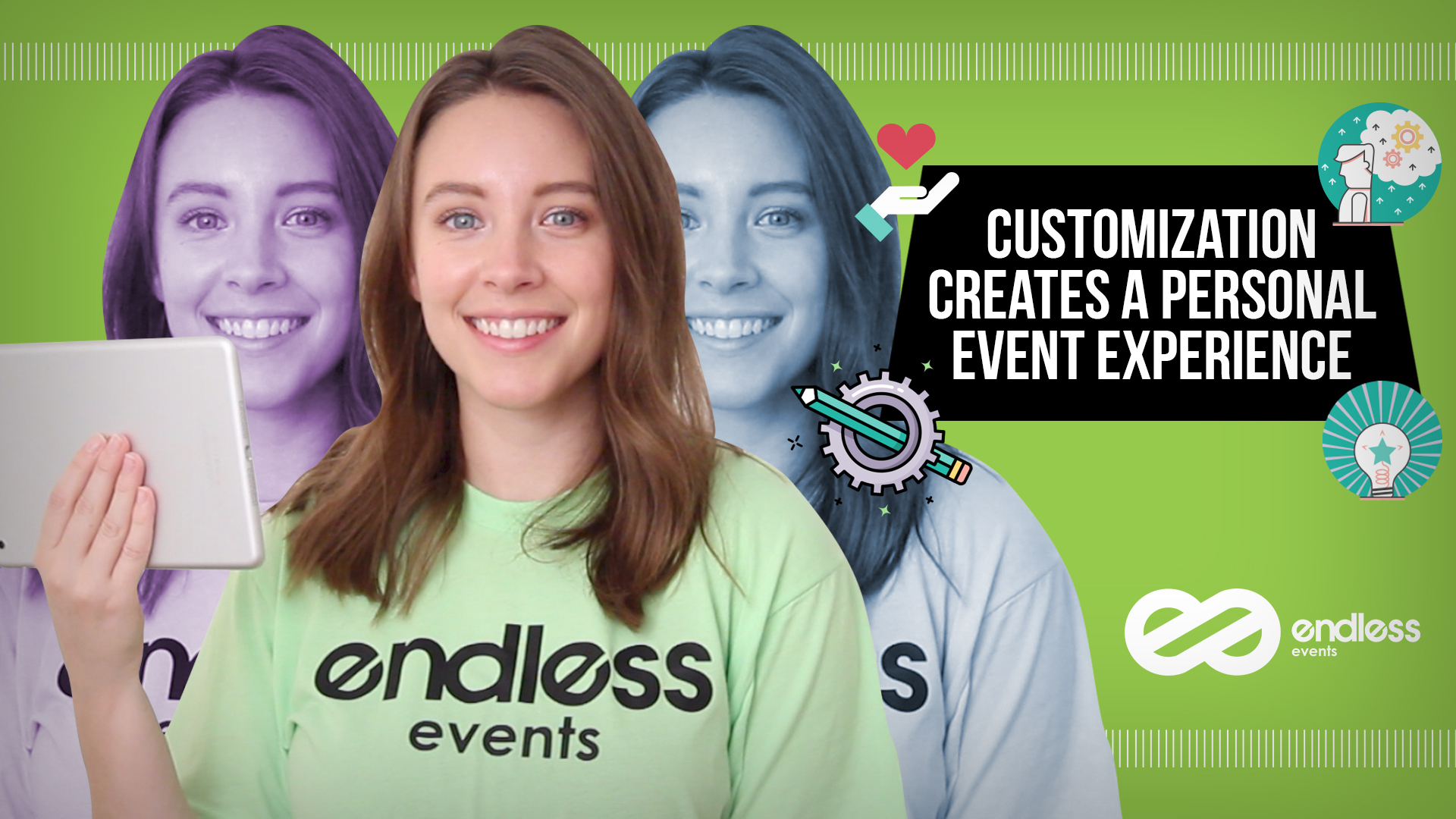
We’ll show you how you can achieve this by:
- Incorporating new “event paths”
- Planning more interactive items at venues
- Using comfort and activities to surpass event-goer expectations
- Customizing communication technology
- Finding the right balance between a personalized event experience and invasive marketing
 Use audience responses to inspire new “event paths”
Use audience responses to inspire new “event paths”
It’s more important than ever to pinpoint the interests of attendees by collecting data throughout the registration process and up to when they arrive at your event. Don’t be afraid to ask specific questions about their needs and interests, or business if it’s a corporate event. A pre-event survey is a thorough way of gathering particular data, and you could also leverage past attendee data if you have it.
Then, it’s time to put that data to work. Use it to create different “event paths” which make it possible to run similar events that provide different experiences for the attendees in each one. Let’s take a look at a few ways of doing this:
An event app guides the attendee journey based on their interests
Once you have the information about individual event goers, you can set up your event app to guide them to sessions or locations in the event venue that will be of most interest to them. This is extremely useful if you have multiple sessions running at once, to ensure attendees don’t miss the ones they would get the most value from. After all, if you’re holding a mega-event, it can be near impossible to get a taste of everything. Sending push notifications before sessions of interest start gives event-goers the most personalized experience possible.
This kind of customization through recommendation was successfully implemented at the annual festival of music, film and interactivity in Texas, known as South by Southwest (SXSW). Their SXSW Go App was the perfect fit to help event-goers have the best experience possible and avoid the overwhelm that can come with such a large-scale event. To come up with those recommendations, the app’s algorithm used data from iBeacons and the attendees themselves, to take into account:
- GPS location of attendees
- Events attended so far
- Events attendees have ‘favorited’
- The time
If you don’t use an event app, you can try incorporating this to a lesser degree with email or SMS marketing software. If you want to learn more about using big data to enhance attendee experience, check out this post on crowdshaping.
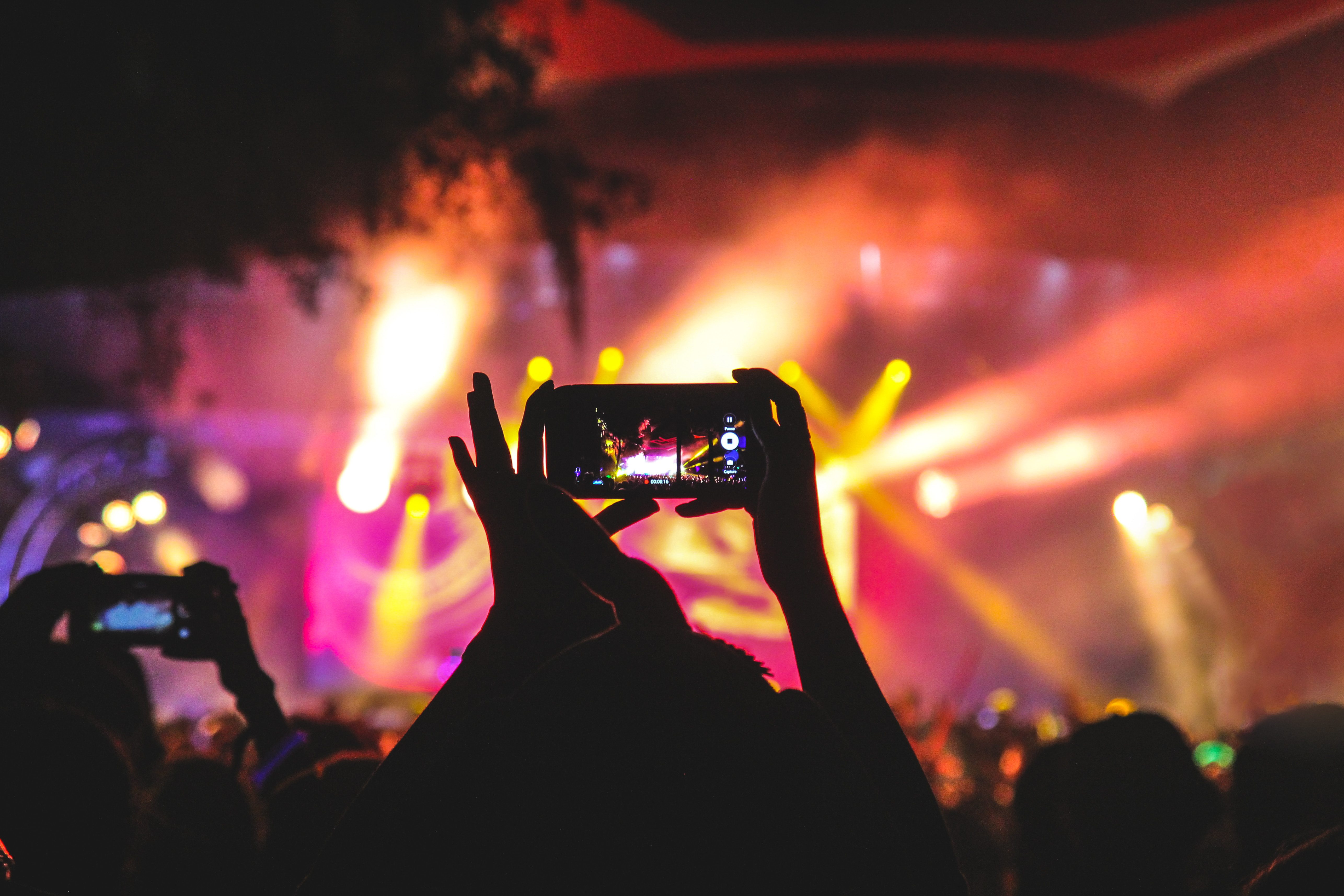 A flexible program can cater to attendee profiles
A flexible program can cater to attendee profiles
If you’re trying to create a more personalized event experience for attendees, but don’t have the budget or team to implement individual customization, we’ve got an excellent alternative for you! You see, you’ve probably created attendee profiles before, but now, we’re going to use them to personalize your event on a mass scale. While it might sound like a contradiction, it does work to group your event guests into categories and ensure your event provides activities that cater to each of the groups.
For example, a corporate event may invite entrepreneurs, solopreneurs, exhibitors and small business owners to attend. You should plan for each of the four groups to be made to feel like their needs and expectations are being met at your event. You can also market to these different groups before the event with multiple mailing lists, so no matter which category they fall into, they see great value in attending.
Add breakout sessions to give the impression of a tailored event path
Nothing is stopping you from using the same principles as the previous idea at a more singular-style event, like a conference that only has one session at a time in the central space. Instead of crafting different activities that are targeted to your attendee profiles throughout the entire event, try creating smaller breakout sessions around your main event feature.
For instance, at a medical conference, craft sessions with different specialties in mind. Even though the conference might be centered around a new treatment for one disease, it’s likely that medical practitioners in various fields will be attending. Surgeons, GPs and pediatricians, for example, might all be involved in a different stage of the disease management, so despite the same end goal, you can create a personalized event experience with smaller sessions to facilitate further discussion. Consider personal qualifications, the area of business and interests when trying to develop appropriate breakout sessions.
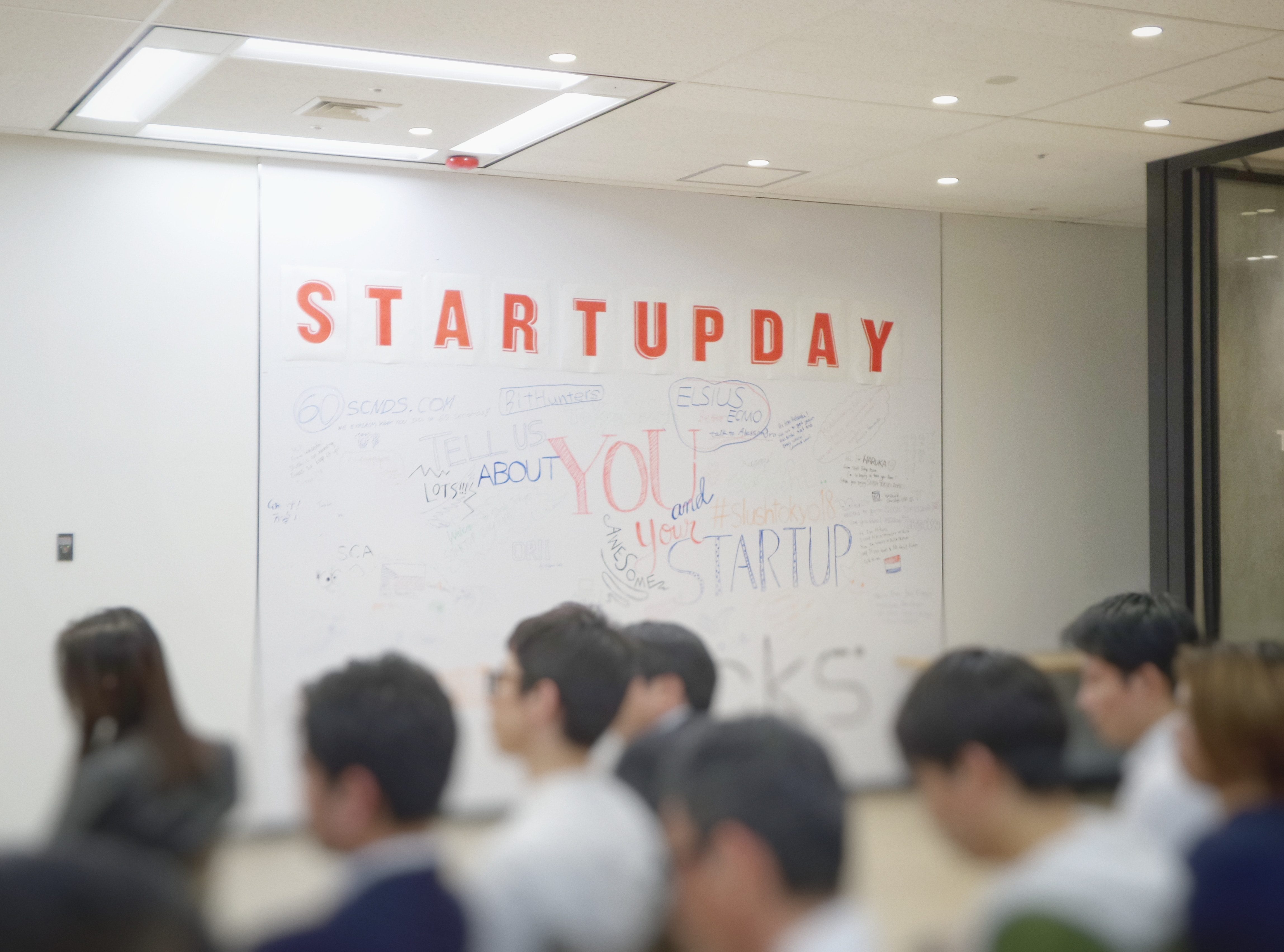 Create an interactive space that attendees can influence
Create an interactive space that attendees can influence
Incorporating elements of interactive technology is a great way to drive participation. Although getting involved can often be daunting in person, using an online presence helps people feel more at ease. You’ll find them more likely to share their personal opinions and even photos. The easiest way to incorporate this is using event hashtags. But, you can look at building up to:
Tweet walls
Find out what social media channel best fits with your attendees. Then create a wall displaying user-generated content from that channel related to the event experience. Event goers love to see what others are posting, and this inspires them to create their own content. Moreover, if their content is shown on the wall, they feel like their opinions and experiences are valued.
Give attendees free reign over what they post or have speakers pose targeted questions for audiences to respond to. Take it a step further and turn tweets into a work of art – like Samsung did at SXSW with projected Tweets that looked as though they were sitting on individual wall-mounted shelves.
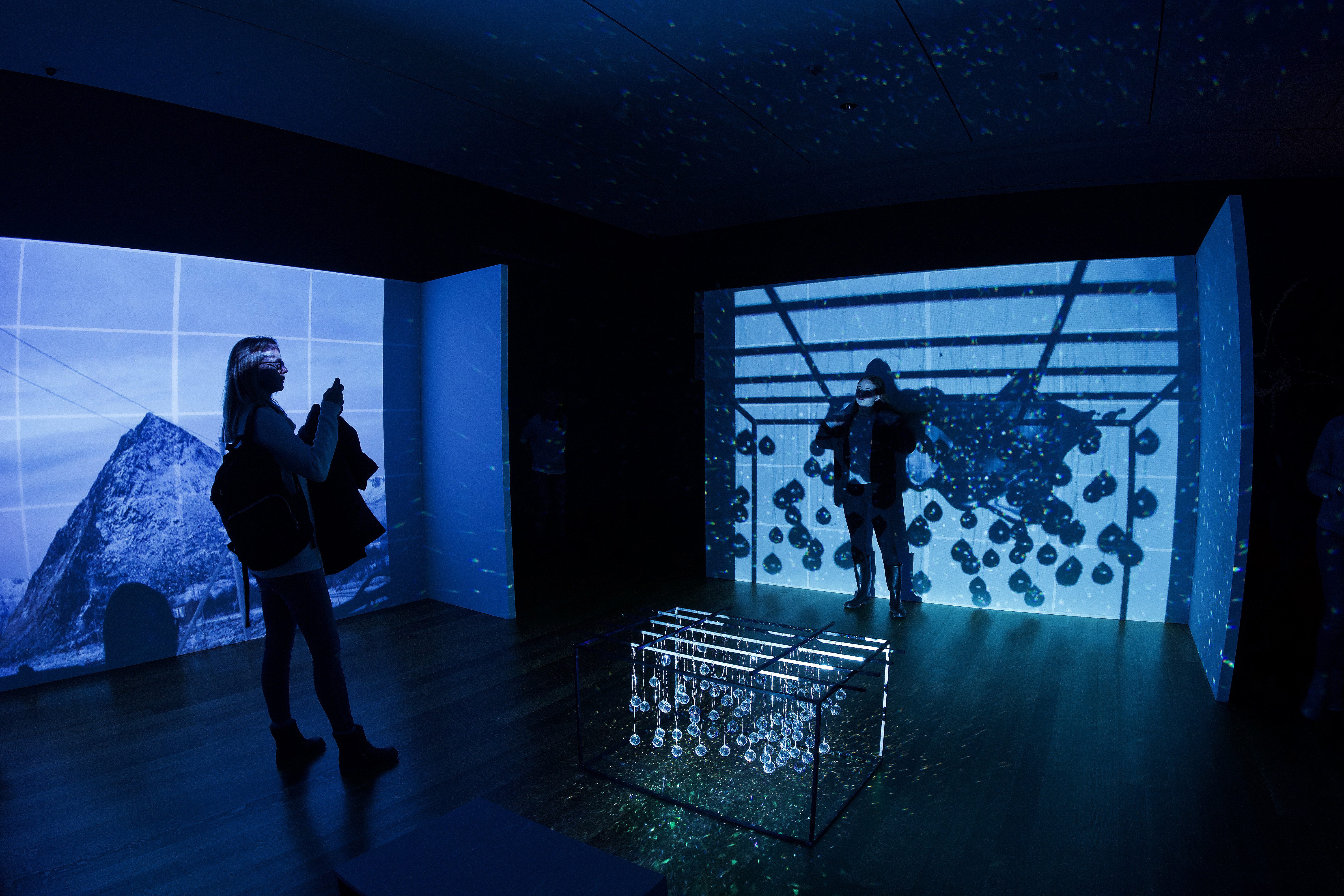 Touch Screens
Touch Screens
Another way to create a personalized event experience is to give some control to your attendees. You can do this by giving them the right interactive tools. That’s right; we’re talking about touchscreens. You see, touch screens placed strategically around the event venue can provide multiple functions for event-goers:
- Accessing event schedules to plan their time
- Looking at maps to ensure they don’t miss sessions of interest
- Looking up speaker information to determine the best fit
- Booking times with speakers for Q&A’s
Giving these interactive tools to event goers ensures they can be where they need to be, at the right time. But, it does more than that too. It allows them to feel like they have the power to navigate their own path at your event. Essentially, you’re allowing them to customize their time for a personalized event experience.
There’s no doubt touchscreens were once a thing of novelty! Today, they’re a part of our everyday life. If you want to add some novelty to your interactive tools, consider using touchscreens like the Giant iTab. Once again, use your event data to make an informed decision. An iTab is the ideal choice if the majority of your event goers are iPhone users. In a sea of Android fans – perhaps not so much!
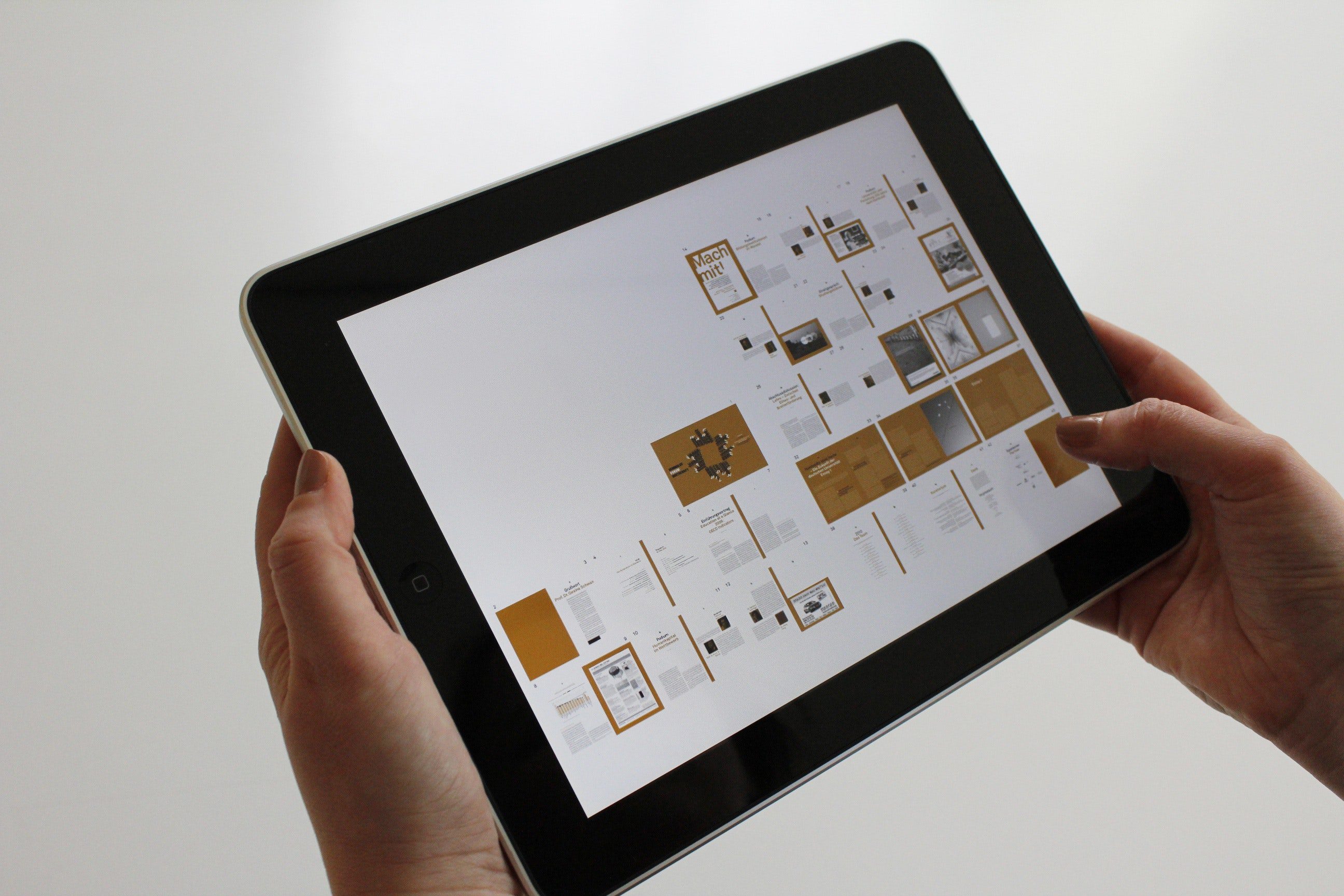 Crowd-responsive lighting
Crowd-responsive lighting
Using lighting that responds to event goers is another exciting way to make them feel as though they have a personalized event experience. It can also foster a sense of community with those around them, making them feel as though they are a significant part of event happenings.
Much like the LED cage at Brazilian nightclub, The Year. Sensors were able to read the temperatures and movement of the crowd dancing and interacting, so they could be translated into a variety of lighting effects. The way the lighting cage reacts to the crowd means there is a unique experience to be had, no matter how many times you visit.
Of course, these interactive components don’t just give attendees a customized way of participating in the event, but also more opportunity to network – which they love!
 Personalized event experience now looks comfortable too
Personalized event experience now looks comfortable too
We mentioned earlier that creating a personalized event experience can mean letting attendees feel like they have some control over how the event plays out for them. Customizing your event for comfort through amenities and a range of activities achieves just that. It’s all about giving event goers the power to choose to do something that interests them, even in event downtime. Here are a few ideas to get you started.
Lounge spaces
Typical break rooms are anything but comfortable and don’t do much for the imagination. Give your attendees the feeling that the space has been customized just for them – with their comfort in mind. Movable and playful furniture allows attendees to mold the area to suit them and their expectations of what downtime involves. With this flexibility, the event goers who need some time alone to catch up on email can sit apart from the small group who are excited to network.
With this in mind, collate your pre-event data and decide if your attendees would value an unplugged zone to escape to. Having the choice to step away from technology and come back to the main event refreshed is important. In fact, it’s more crucial than ever as events become more stimulating.
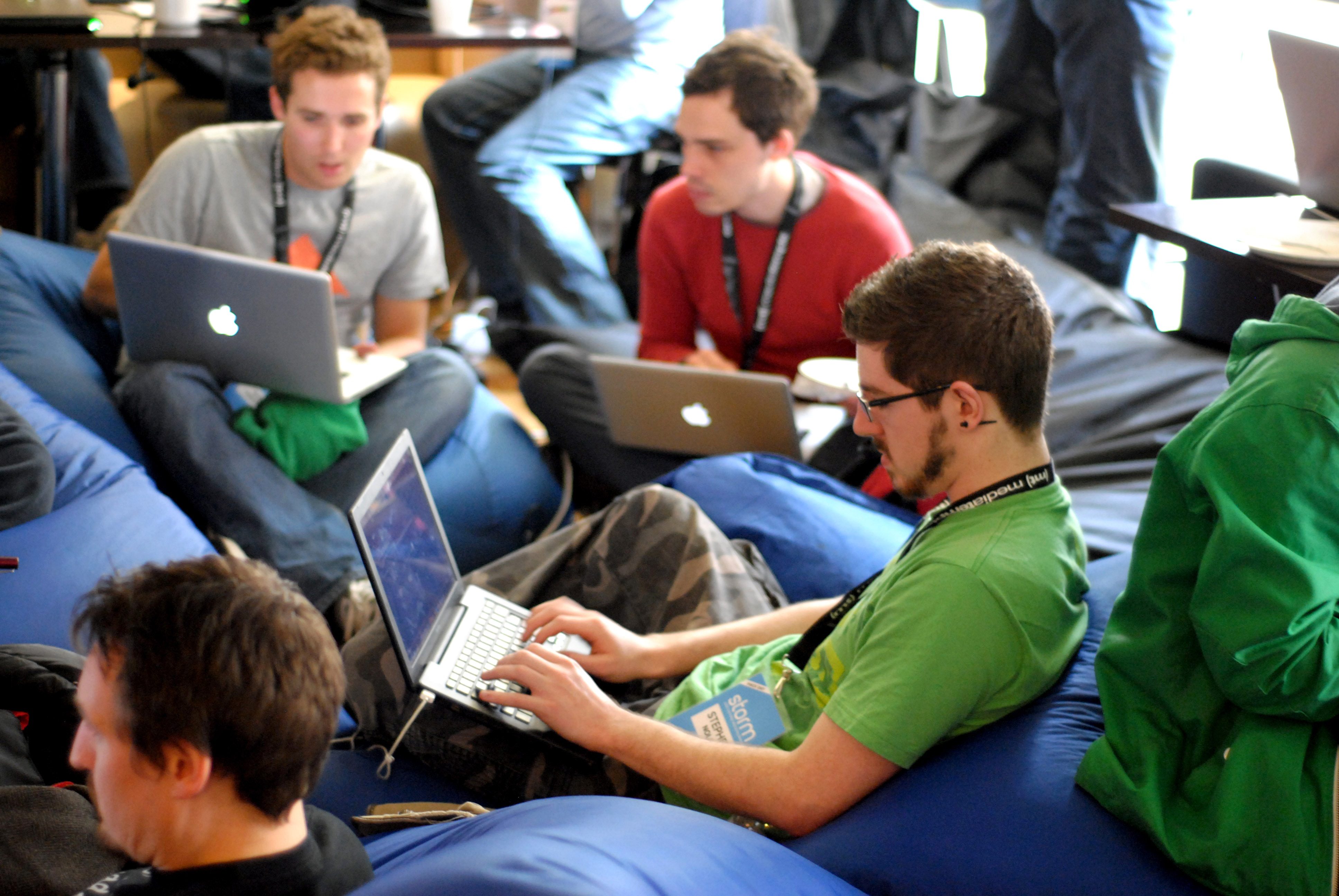 Interactive whiteboards
Interactive whiteboards
Have you planned breaks with a purpose for event goers to engage in discussion around set topics? Then interactive whiteboards are a must-have. But, even if event downtime is entirely in the hands of attendees, interactive whiteboards are worthwhile. After all, it might not be in the event plan, but attendees will often have meaningful, event-related discussions as part of their networking. Consider a corporate conference. Sure, there will be some who prefer to have a social chat over a coffee. That’s what’s the comfortable seating is for! However, providing tools to facilitate brainstorming customizes the event experience for those who do find they want to continue the discussion further.
Photo opportunities
If it’s a good fit for the brand, set up a photo booth with props so event goers can let their hair down and have a little fun. Give them a choice from a few branded filters so that they can personalize their photos further, while still promoting the brand.
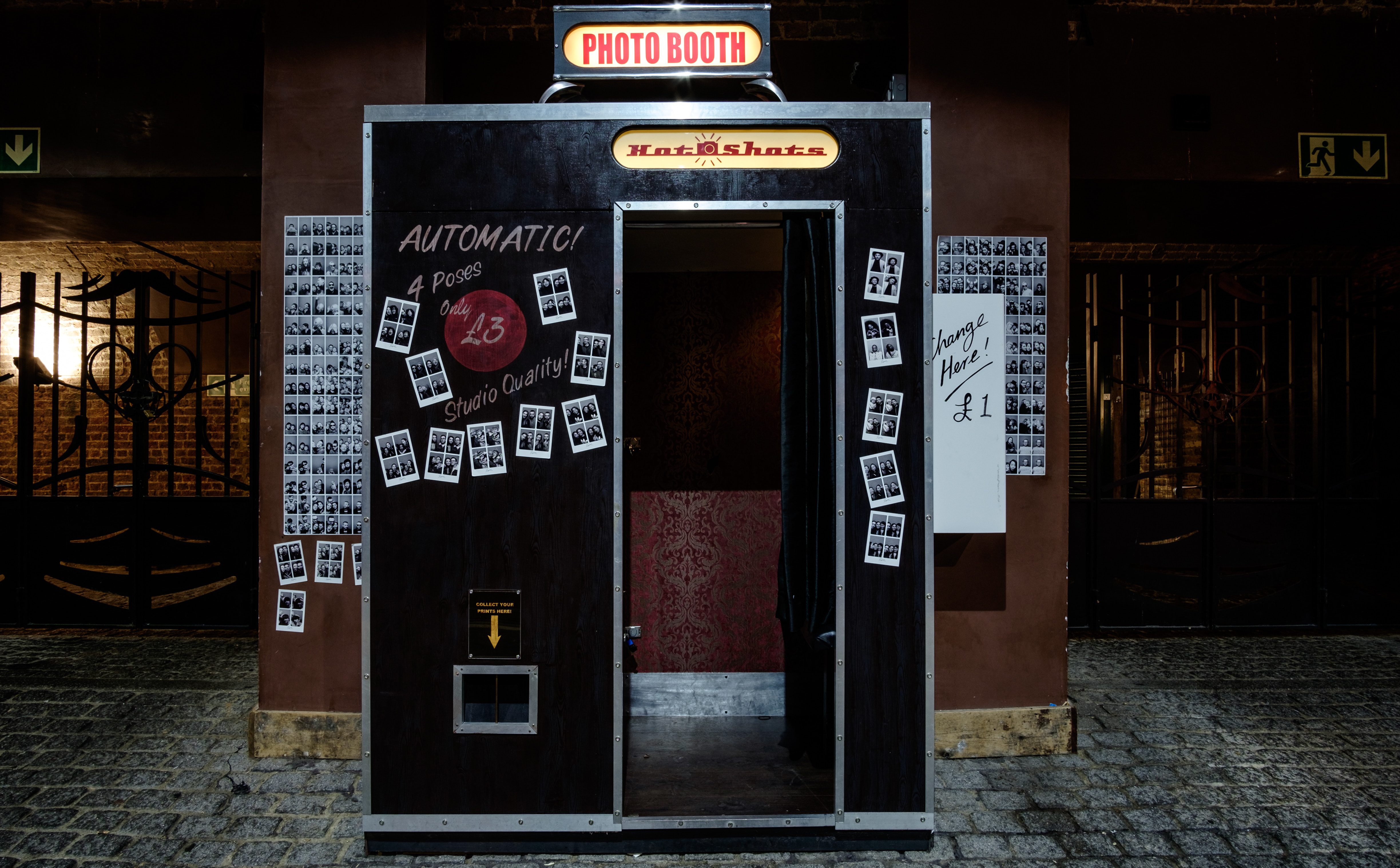 Sporting amenities
Sporting amenities
Does your research show that your attendees are sports-mad? You could hold your event at a venue that also offers sporting amenities like basketball courts. Say you’re planning a corporate event. Even though sport might unrelated at first glance, creating a breakout session that caters to this interest adds value, for a more personalized experience. After all, if it’s a shared interest, it provides an untold potential for better networking too. So, think about deeper ways you can create the ties between an interest that’s seemingly unrelated on the surface, your brand values and event goals.
Speaking of planning a corporate event, check out our free c.
Hospitality
You should give thought to a personalized event experience, even when it comes to the food attendees will consume. There will always be people who love nothing more than to down a greasy hamburger. But that doesn’t cater to everyone. Once again, your data can help point you in the right direction, but you must consider catering to a variety of tastes. There are those among us who would not forgive an event for not providing meals that satisfy our hunger despite dietary restrictions.
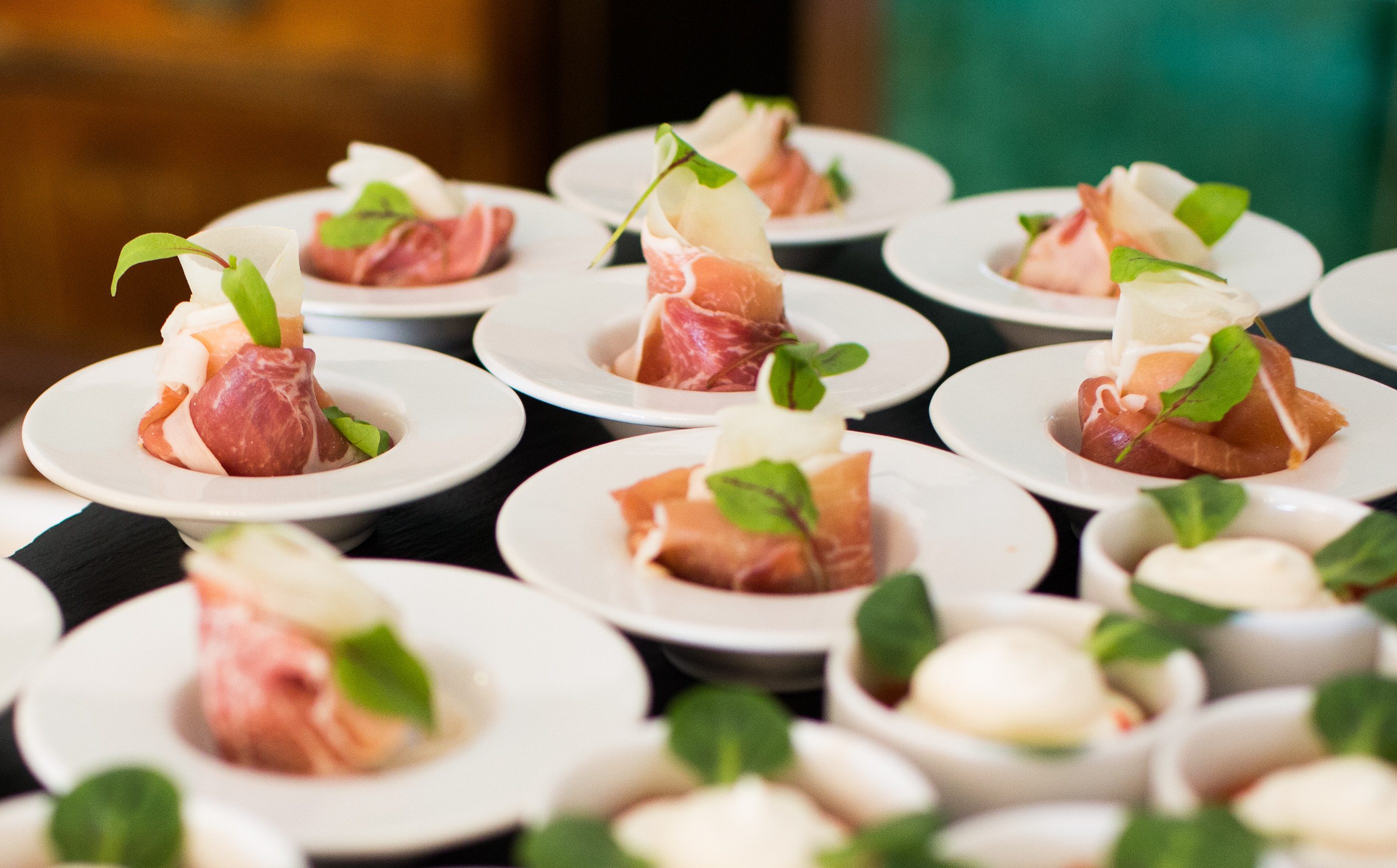 Something outside the box
Something outside the box
You don’t have to do what everyone else is doing! Nor do your event goers. Give them some optional extras to wow them, while you’re appealing to their interests. For example, you might be holding a culinary event. You could tie the food theme in with a unique experience they won’t see anywhere else – as the Marriott Chicago Downtown does. It serves food using honey made from the bees in their own rooftop apiary. For meetings they’ve hosted, they’ve let attendees wear bee suits and help in the apiary. There is so much potential to boost the value for event goers when you think outside the box and create a personalized event experience.
Customize communication for the personal touch
It isn’t only what event goers do and how they interact with the venue and each other that’s important in customization. It’s also important they can communicate effectively with event organizers. To feel like their needs matter, communication should be easy, fast and accurate. You can achieve this in a couple of ways.
Firstly, make sure there are multiple channels of communication open to them. People have individual preferences for how they like to communicate. Some want to speak directly to a person, particularly if their query is unique, others love to email, and others yet prefer to get their answer over social media.
Secondly, look at ways you can customize those communication channels. Our favorite idea today is to use artificial intelligence within an event app, or via Facebook Messenger. For event goers to be able to receive an instant answer to their query is a huge leap forward in customer service and improving the overall experience.
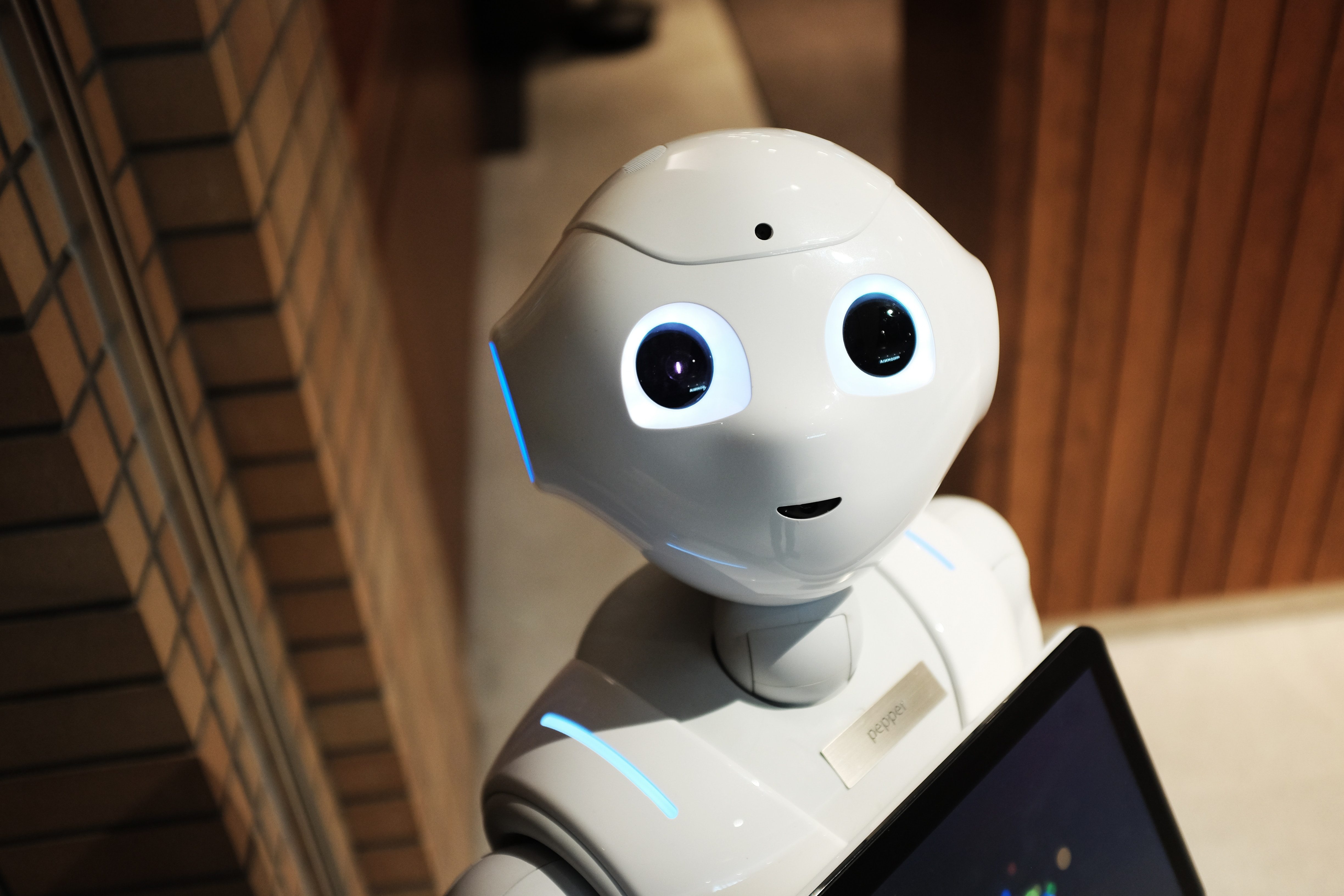 There are some difficulties with personalization to keep in mind
There are some difficulties with personalization to keep in mind
Although a personalized event experience gives excellent perceived value to the event goer, it can be hard to measure the ROI of each aspect of customization. It’s easier to see the return on more basic personalization, like email marketing and its effects on registration. But, with several of the more complex ideas, keep in mind that you may not be able to pinpoint the ROI for each one. However, you can gauge a sense of the success, based on asking attendees targeted questions.
With today’s concerns about data privacy, it’s also critical to find the right balance in personalization vs. invasive marketing. Your aim should be customizing to the point that it feels like something was designed for attendees because event organizers care about their experience. It certainly shouldn’t give the impression that event goers are trying to serve their own purposes better. You don’t want attendees feeling their privacy has been violated by “over tailoring” aspects of an event. This would give them great cause for concern.
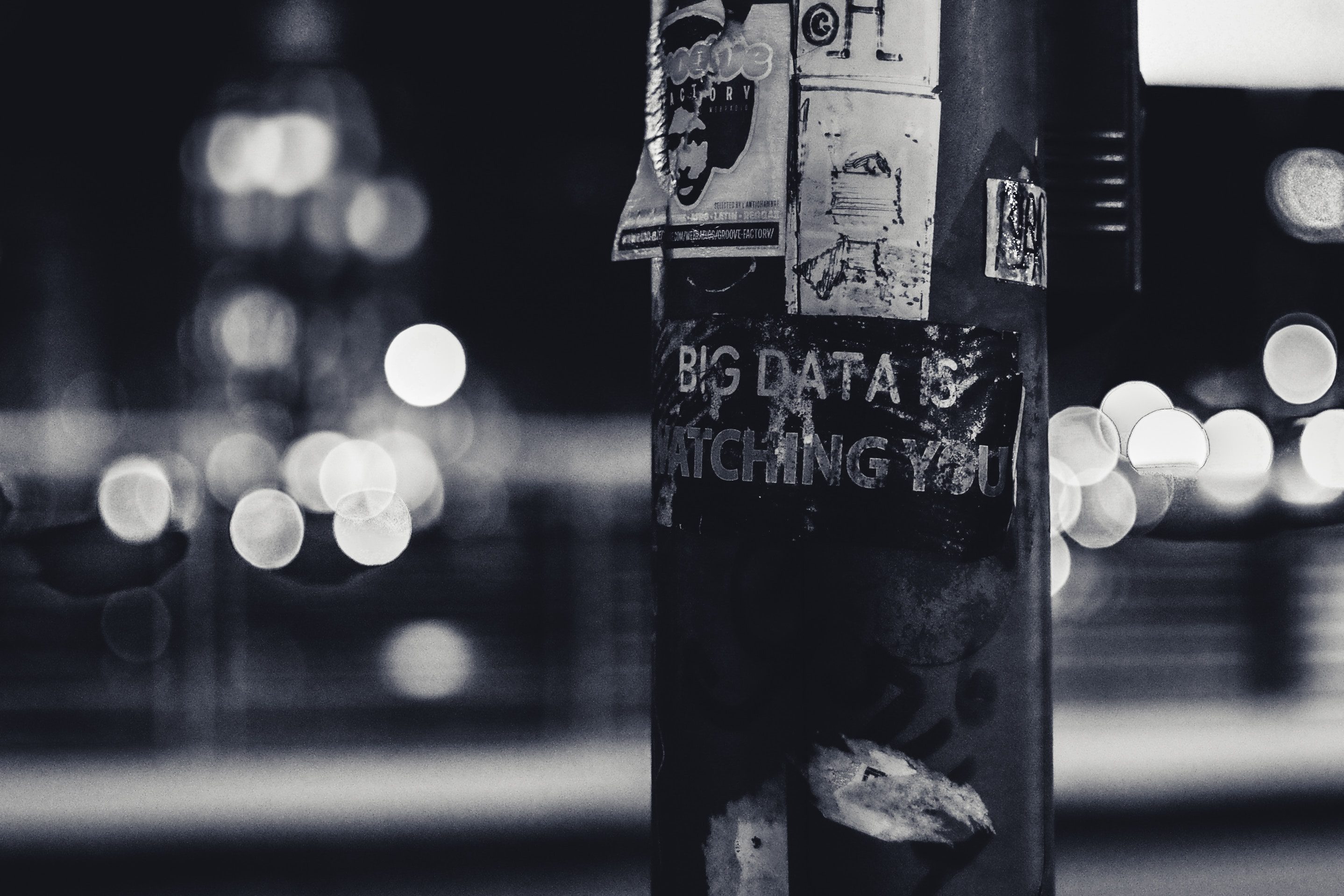 When deciding how you will customize an event for a personalized event experience, start by considering the type of event you’re holding, as well as the data you have on potential attendees. The aspects of customization you choose need to be appropriate to both, for it to be worthwhile. If you aren’t using event customization already, it’s worth starting out slowly. You might create event paths or introduce an interactive element and then build from there as you organize more events in this way. Not only will it help you do it well, but you will also be better able to analyze the results of your personalization efforts.
When deciding how you will customize an event for a personalized event experience, start by considering the type of event you’re holding, as well as the data you have on potential attendees. The aspects of customization you choose need to be appropriate to both, for it to be worthwhile. If you aren’t using event customization already, it’s worth starting out slowly. You might create event paths or introduce an interactive element and then build from there as you organize more events in this way. Not only will it help you do it well, but you will also be better able to analyze the results of your personalization efforts.
Do you see a future in personalizing events even further? Let us know your thoughts in the comments.


